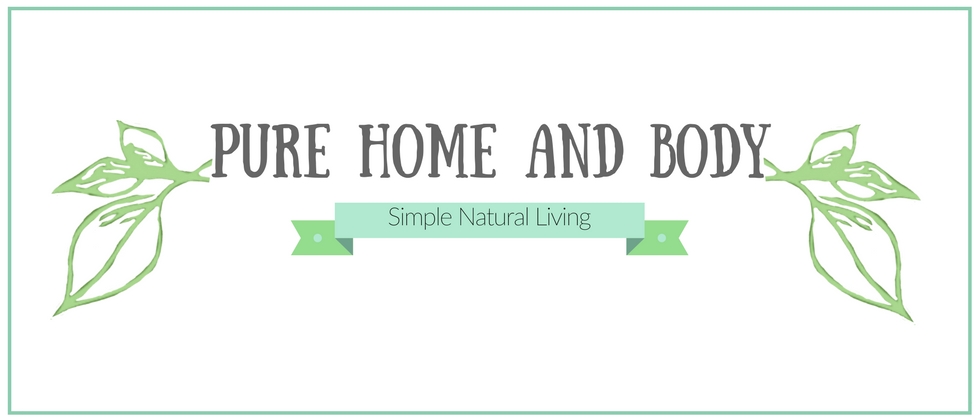 How “green” is your grass, could you eat it? Well, even if you don’t eat it, it surrounds your home whether you own or rent. Especially if you rent or own a condo or other home space that has shared landscaping, it pays to find out what is being used on your green space. While you aren’t likely to eat your grass, it’s space has a huge impact on your environment’s health. The following is a guest post from the Lawn Guy, Philip Brown. Read on to find out why you should care about what goes on your lawn and how to care for it so it adds health to our world.
How “green” is your grass, could you eat it? Well, even if you don’t eat it, it surrounds your home whether you own or rent. Especially if you rent or own a condo or other home space that has shared landscaping, it pays to find out what is being used on your green space. While you aren’t likely to eat your grass, it’s space has a huge impact on your environment’s health. The following is a guest post from the Lawn Guy, Philip Brown. Read on to find out why you should care about what goes on your lawn and how to care for it so it adds health to our world.
Now that spring has hit and the weather is finally warming, homeowners all over are starting to think about their lawns. But while you are preparing for another season of tending to the grass and plants on your yard, let’s take a moment to think about the planet and how conventional lawn care practices often do more harm than good.
Generally, lawn care more or less means three things:
Using chemical fertilizers and herbicides on your lawn
Providing sufficient water for your grass to grow
Mowing and trimming to keep the grass short and presentable
While all are important to an extent, we don’t always realize the impact these tasks can take on the environment. Let’s take a look at some of these impacts and then examine ways to take our lawn care in a greener and more sustainable direction.
- Water Purity The use of chemicals, including artificial fertilizers, pesticides, and herbicides, impact the environment by contaminating ground water. They also contribute to chemical buildup in the water supply when it rains and the water runs into the sewer system or along culverts that lead to nearby streams and rivers. Runoff is especially likely if your yard slopes downward towards a watershed.
- Harm to Beneficial Insects Pesticides have another problem. While they are certainly effective, they are not very targeted and can sometimes kill off beneficial insects such as bees, ladybugs and others in addition to the pests.
- Misuse of Natural Resources Over-watering is another issue. Not only can it drown out your lawn, but doing so is also a waste of an increasingly precious and scarce resource. Water that seeps out onto the sidewalk or into the street is wasteful and a definite sign of over-watering Using excess water also contributes to unnecessary cost. Conventional lawn care powered by gas lawn mowers is a significant contributor to air pollution as well. Your older lawn mower can release as much carbon in an hour as a car that has been driven 20 to 200 miles.
Go Green! So what can you do to improve your lawn care practices and make them more green? There are a number of things.
- First of all, use common sense when utilizing resources. Don’t overwater – no more than an inch or so per week is necessary.
- Don’t over-fertilize. Many homeowners fertilize 3 to 4 times a year, which is fine, but they have a habit of applying more than is necessary with each session. Try organic fertilizers! Organics stay in the soil and will not wash away into the water supply like commercial alternatives.
- Invest in a human-powered push mower. These are cheap, zero-emission, and a great way to get your exercise in.
About the Author: Philip Brown is a lover of green, healthy lawns. A former commercial lawn care professional, Philip now spends his time sharing what he knows with others and blogging about it at The Lawn Enthusiast.
Our family used to do it ourselves and used a corn gluten fertilizer on our lawns that is non-toxic to kids and pets. The corn gluten suppresses weeds and feeds your grass without toxic chemicals. People and pets can walk on the grass right after! There are many companies that offer green lawn care if you don’t want to DIY. Trugreen is one, we use Natural lawn Care of America. With just a little research, you should be able to find a green alternative to lawn care in your area. If you already use a green lawn care service, share in the comments below, Thanks!













“Its a great offer. I think it would be effective for all. Thank you for sharing with us.
Keep it up.”
lawn care and maintenance services